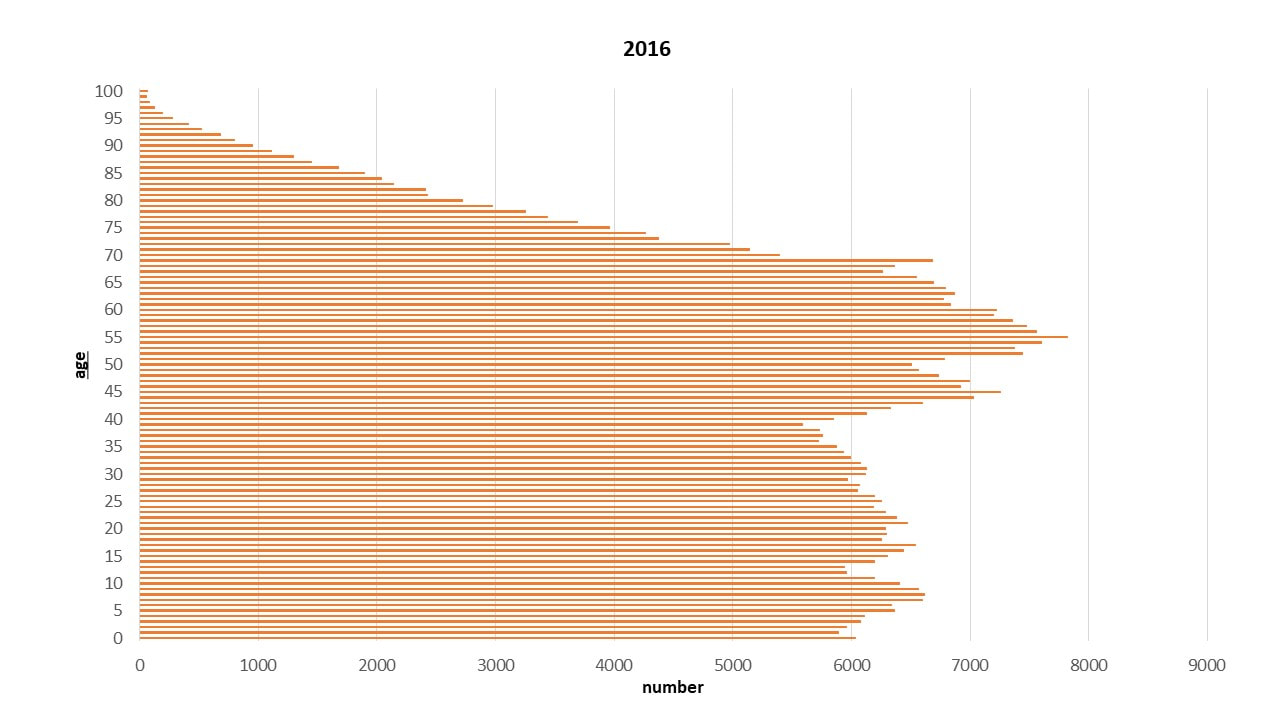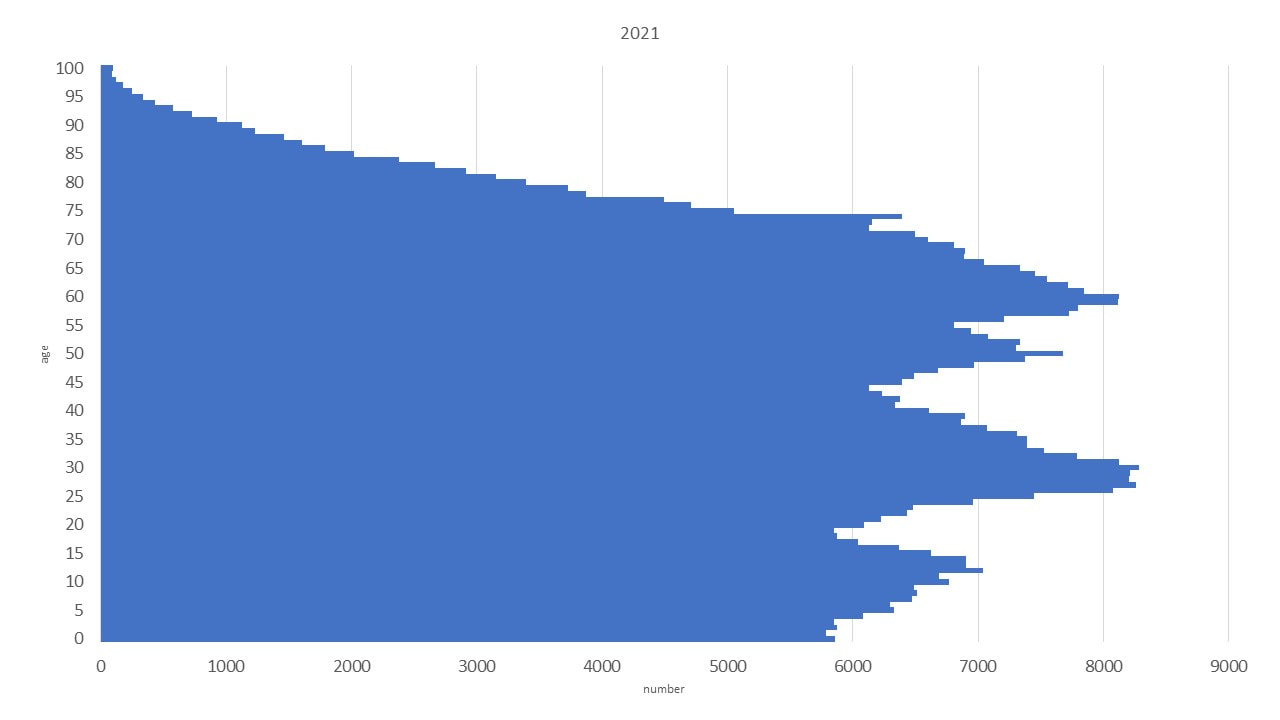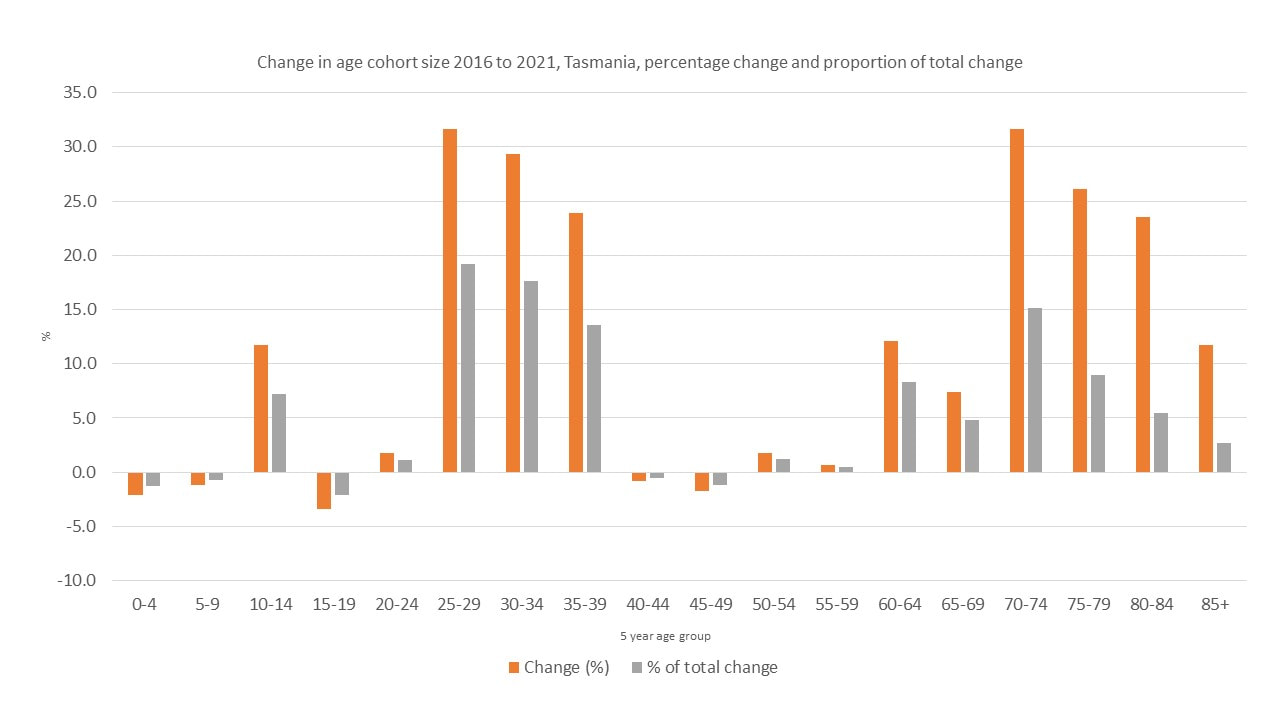After each Census the ABS ‘rebases’ the Estimated Resident Population (ERP) for Australia and its regions and other statistical areas. This is because the Census provides an actual count of Australia’s population whereas ERP between Censuses is estimated based on the collection of administrative data – births, deaths and migration (I explain the implications of using administrative data for interstate migration in this blog). Each quarter these estimates are added to the previous population stock estimate. The ERP includes all people who usually live in Australia (regardless of nationality, citizenship or visa status).
The ABS has released the preliminary rebased ERP for June 2021 with the final rebased ERP due to be released in June 2023. Read more about the rebasing process here.
The rebasing of Tasmania’s ERP has revealed a dramatic change in the population age structure in a very short period of time – from 2016 to 2021 - which is difficult to reconcile at the moment. Further analysis of ABS Census migration data (place usual of residence – PUR) one year prior and five years prior to the Census) should provide greater insight when the data becomes available from October this year.
The first figure below shows Tasmania’s population age structure in 2016 (orange) and the second shows the rebased population age structure for 2021 (blue). As is visually evident, they are very different population age structures.
In 2016, Tasmania’s population age structure represented a rapidly ageing population, with the large baby boomer cohort progressively getting older, the working age population diminishing in size reflecting the age profile of interstate migration movements, and a smaller cohort of children reflecting both the decline in the size of the reproductive cohort (women aged 15 to 49 technically) and the lower than replacement rate TFR (total fertility rate).
As is evident, the size of the 25- to 39-year-old age groups increased significantly in the five-year period (over 30% for those aged 29 to 29) which can not be explained by the size of the age group in the previous five-year period and can only be explained by migration – interstate and overseas. The size of the 70- to 84-year-old age groups also increased considerably which can be explained by a number of factors; the size of the age group in the previous five-year period, increased longevity and migration. The increase in the 25- to 39-year-old age group represented a greater proportion of overall population change than the 70-to-84-year age group with almost 1 in 5 of the additional Tasmania being aged between 25 and 29 years (all of whom need somewhere to live).
At the other end of the spectrum, there are now less people in Tasmania aged between 0 and 9, 15 to 19 and 40 to 49 years of age than in 2016.
NB. Important to note that the ABS has released preliminary rebased ERP data only, the final rebased ERP will be released in June 2023.



